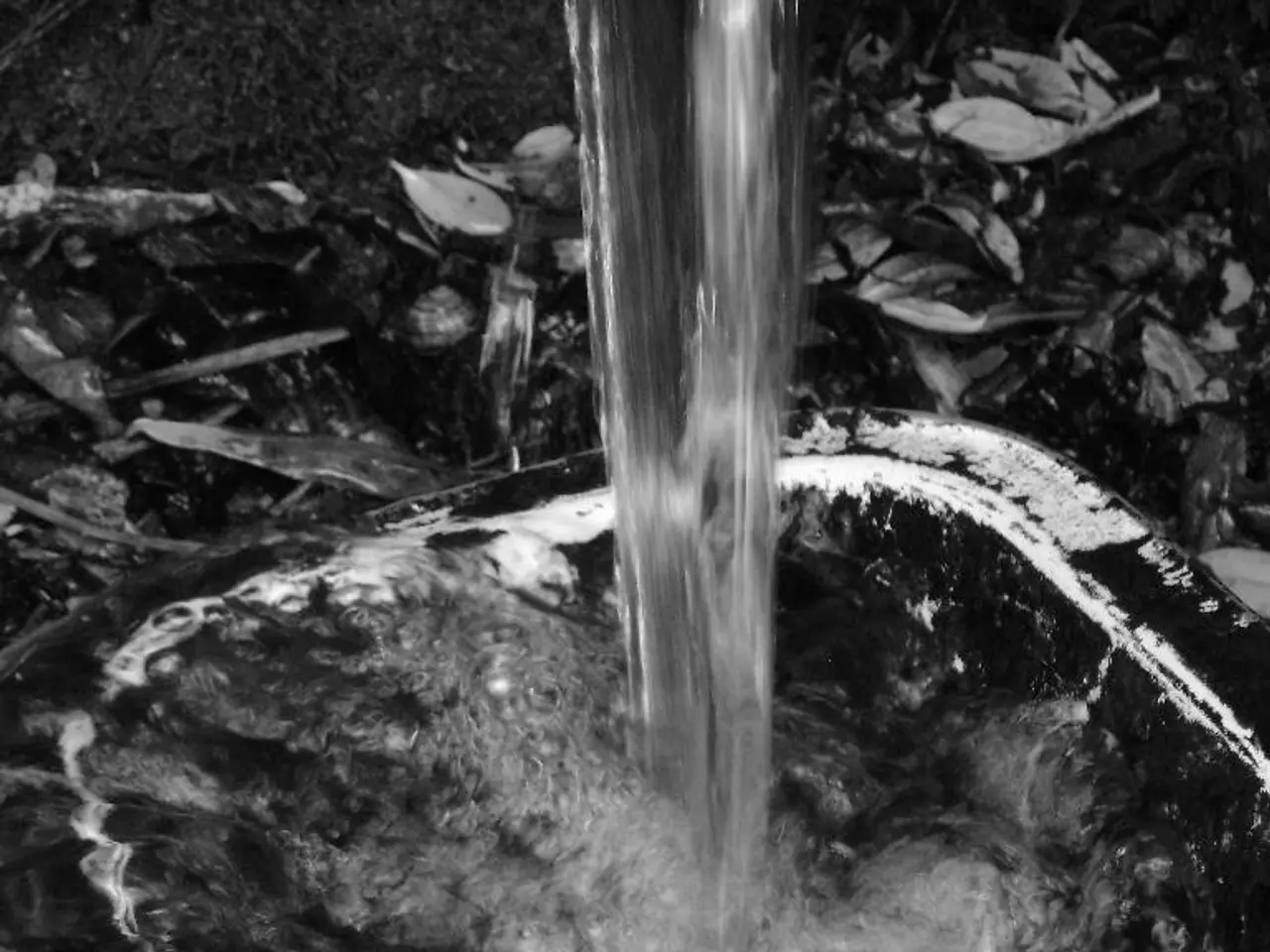Simple Steps for Pothos Plant Multiplication: A Practical Guide
Pothos, a popular houseplant known for its easy-to-care-for nature and attractive foliage, is a delight for both beginners and expert gardeners. Not only is it easy to maintain, but it's also simple to propagate, making it possible to own multiple pothos plants.
When it comes to propagating pothos, you have two main methods: water propagation and soil propagation. Each method has its own advantages and disadvantages, and understanding them can help you choose the best approach for your needs.
Water Propagation
To propagate pothos cuttings in water, fill a clear jar with clean water and submerge the cuttings, ensuring the nodes are below the water line. Place the jar in bright, indirect light, avoiding direct sun that can cause algae growth. Remember to change the water every 3-5 days to prevent bacterial buildup.
Roots will typically start emerging within 1-2 weeks and take about 3-4 weeks to grow 1-2 inches. Once roots are well developed, transplant the cutting to soil for continued growth.
Advantages of water propagation include easy root monitoring and requiring less initial setup. However, roots may grow weaker or slower after initial development, and water changes are needed frequently to avoid rot or contamination.
Soil Propagation
For soil propagation, use a moist but well-draining, inorganic potting mix such as peat moss or coconut coir mixed with perlite or pumice. Plant the cuttings, ensuring the nodes are buried about an inch deep and the leaves stay above the soil. Optionally, dip the cuttings in rooting hormone to speed rooting.
Keep the soil evenly moist and maintain humidity by covering it with a plastic bag if desired. Place the pot in bright, indirect light. Roots usually form in about 3-4 weeks, often resulting in stronger root systems and healthier plants.
Benefits of soil propagation include skipping the water phase, reducing transplant shock, and encouraging sturdier root development. Plants grown in soil tend to be longer and bushier as roots are immediately adapted to soil conditions. However, it's harder to monitor root progress, and more attention is required to moisture and humidity at the start.
Comparison Summary
| Aspect | Water Propagation | Soil Propagation | |---------------------|--------------------------------------|-----------------------------------------| | Root visibility | Visible and easy to monitor | Not visible | | Root strength | May be weaker, slower growth after initial rooting | Stronger, more robust roots | | Transplant shock | High (roots must adapt post-transfer) | Low (roots grow directly in soil) | | Maintenance | Requires frequent water changes | Needs consistent soil moisture and humidity control | | Growth speed | Rooting starts quicker but growth plateaus later | May root slightly slower but plants grow healthier and bushier | | Ease for beginners | More beginner-friendly | Slightly more demanding initially |
In practice, many growers prefer starting pothos cuttings directly in soil for stronger plants, while those who want a visual rooting process and easy beginner method often choose water propagation first before eventually transplanting to soil.
Whether you choose water or soil propagation, remember to take stem cuttings from the pothos plant that are at least 4 to 6 inches in length, making the cut below the bottom leaf node at a 45-degree angle. Each cutting should have three sets of leaf nodes for the plant's roots to grow from.
Happy propagating!
[1] Pothos Propagation: A Comprehensive Guide [2] How to Propagate Pothos: A Step-by-Step Guide [3] Propagating Pothos: Water vs. Soil [4] Propagating Pothos: Tips and Techniques [5] Propagating Pothos: The Ultimate Guide
- For home-and-garden enthusiasts looking to add more greenery to their home-and-garden lifestyle, propagating pothos plants in water could be an beginner-friendly method that allows for easy root monitoring.
- Those who prefer a gardening approach with the aim of growing healthier and bushier pothos plants might find soil propagation more advantageous, as it encourages sturdier root development and reduces transplant shock.




